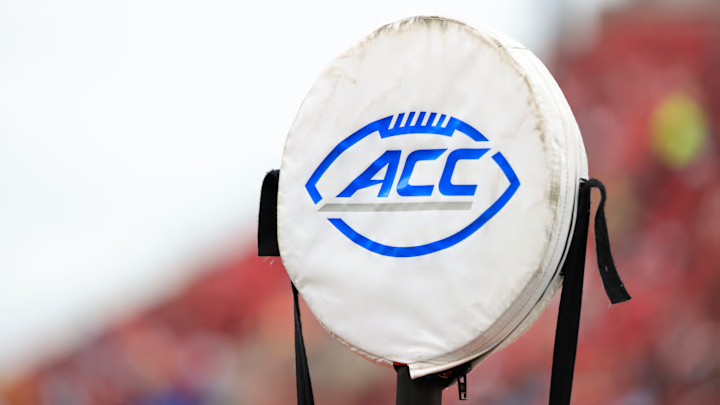SMU Mustangs: "Pony Express" & the Early 1980s(1980-1984)
While I respect the efforts and strides that were made when June Jones was the coach of SMU from 2008 to 2013, it wasn't even close to SMU's pinnacle. The current era that we're seeing now under Sonny Dykes and now Rhett Lashlee could develop into something special. However, I think it's way too early to mention this era here. As a result, there are only two legitimate options I could've chosen for this distinction. One option was the Doak Walker days of the late 1940's. Those teams made two Cotton Bowl appearances in 1947 and 1948 under Madison Bell.
Even though that run was the first great era in SMU history, the second great era is the most iconic. The early 1980s for SMU football was a controversy-filled saga that had to do with paying talented high school recruits under the table to play for their school. These "recruiting violations" might be enough to discard the early 1980s SMU teams from this discussion. However, SMU wasn't the only school in the ill-faded Southwest Conference to be committing these "violations". Also, I use the term "recruiting violations" loosely because high-profile college athletes are getting paid through NIL.
So, you can consider these Mustangs to be "NIL before NIL". Also, despite the controversy, these guys were talented and could play. There is no doubt that this era put SMU back on the national college football radar. This run started in the preseason of 1979. Coming off of three straight losing seasons, head coach Ron Meyer needed a spark. He got that much-needed spark on signing day when he got his dream backfield. That summer he signed running backs Eric Dickerson and Craig James. With that, the "Pony Express" was born.
While the first year with the two backfield starts wasn't super successful, the five-win '79 Mustangs proved to be a launchpad for several years to follow. The next year would be even better as SMU would get their cornerstone on defense in defensive lineman Michael Carter, who would go on to win three Super Bowls with the 49ers. SMU would win four of their first six games to start that year. Then they fully came into the spotlight against #2 Texas. Lance McIlhenny would step in as the team's starting quarterback and he would lead the Mustangs to a 20-6 upset win.
SMU would finish the regular season at 8-3 and earned a bid in the Holiday Bowl against BYU. Unfortunately, SMU would suffer one of the more heartbreaking defeats in college football history as BYU pulled off one of the biggest comebacks ever. The Cougars came back from a 20-point deficit to win 46-45. Despite the devastating collapse, SMU got even better in 1981, going 10-1. However, due to the first set of sanctions against the program, the Mustangs couldn't compete in a bowl game.
SMU would win the dubbed "Polyester Bowl" against Arkansas in the final game of the regular season to earn their first Southwest Conference title since 1966. This was also the first time that SMU finished in the top 10 since 1966 as they ranked fifth. Even more astonishing is that 1981 also became the first time since 1947, when SMU would end a year ranked in the top 5. Before the 1982 season, Ron Meyer would leave for a job with the New England Patriots, knowing that the writing for the future of the program was on the wall.
Bobby Collins would step in and lead SMU to an 11-0-1 mark in 1982 and beat Pittsburgh in the Cotton Bowl that year. SMU would be ranked second in the final poll. If they wouldn't have tied Arkansas late in the year, SMU probably would have won a National Championship on their resume. Collins would lead the Mustangs to two more 10-2 seasons in 1983 and 1984. 1984 saw the team get a split of the Southwest Conference title and win the Aloha Bowl against Notre Dame. The school would rank eighth in the country. The program would stick around for two more years although the regression would begin. 6-5 finishes in 1985 and 1986 would eventually come before the infamous "death penalty" eliminated the program for the next two years before returning in 1989.
